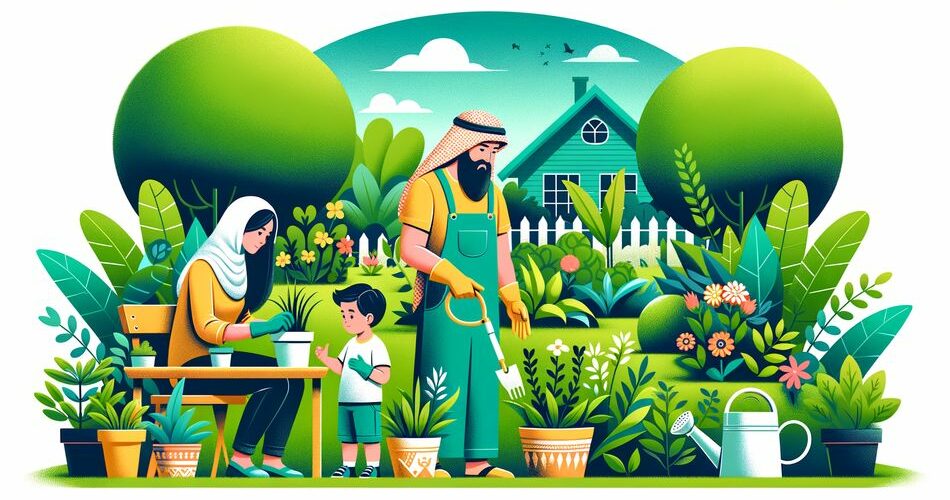Introduction
In an age where screens dominate much of our day-to-day lives, finding activities that encourage family bonding and nurture child development is more crucial than ever. One such activity that ticks all the right boxes is gardening. Not only does it provide a break from screens, but it also offers a multitude of educational, physical, and emotional benefits. In this post, we’ll explore how you can create a tech-free family garden adventure that will foster growth, learning, and connection.
The Benefits of Gardening as a Family
Before diving into the how-to, it’s important to understand why gardening is such a beneficial activity:
- Educational Growth: Gardening teaches kids about biology, ecology, and the importance of environmental stewardship. It can also enhance math skills through measuring and planning.
- Physical Activity: Digging, planting, and weeding are excellent forms of exercise, promoting good health and physical development.
- Emotional and Mental Well-being: Spending time in nature has been proven to reduce stress and improve mood. Gardening as a family can also strengthen relational bonds and create lasting memories.
Planning Your Garden Adventure
Getting started may seem daunting, but with a bit of planning, you can create a fantastic gardening experience for the whole family.
1. Choose the Right Spot:
Identify a suitable location in your yard that gets adequate sunlight and has good soil. If space is limited, consider container gardening or even window boxes.
2. Select Plants Together:
Involve your children in picking out the plants. Opt for a mix of flowers, vegetables, and herbs to keep it interesting. Quick-growing plants like radishes or sunflowers offer immediate gratification for impatient little ones.
3. Prepare the Area:
Teach your kids how to prepare the soil by removing weeds and rocks. This can be a great opportunity to explain the importance of healthy soil for plant growth.
Hands-On Gardening Activities
Now that your garden is planned, it’s time for the fun part—planting and caring for your garden together.
1. Planting Seeds and Seedlings:
Show your children how to plant seeds and seedlings. Explain the difference between the two and the care each requires. Encourage them to dig small holes, plant the seeds, and cover them with soil.
2. Watering:
Make watering a daily or every-other-day family activity. Explain the importance of water to plant health and growth, and allow your kids to take turns with the watering can.
3. Weeding and Maintaining:
Teach your kids to identify and remove weeds. Discuss why weeds are bad for garden plants. You can also teach them the basics of mulching to retain soil moisture and prevent weed growth.
4. Harvesting:
The most rewarding part of gardening is harvesting. When your plants are ready, guide your children in picking vegetables, fruits, or flowers. This not only teaches them about fruitfulness but also gives a sense of accomplishment.
Making It Educational and Fun
To keep your children engaged and make the experience more educational:
- Create a Garden Journal: Have your kids record plant growth, weather conditions, and their observations in a journal. This enhances writing and observational skills.
- Science Experiments: Conduct simple experiments like testing soil pH or observing the effect of sunlight on plant growth.
- Garden Arts and Crafts: Encourage your children to make garden markers, decorate pots, and create scarecrows or insect hotels.
- Story Time: Read books about gardening and nature. This can deepen their understanding and love for the activity.
Conclusion
Turning off the screens and engaging in a family garden adventure provides invaluable life lessons and quality time together. It fosters educational growth, promotes physical activity, and strengthens emotional well-being and family bonds. In an era where technology often keeps us apart, gardening brings us together. So grab those gloves, dig in, and watch as your family’s love for both nature and each other grows.

